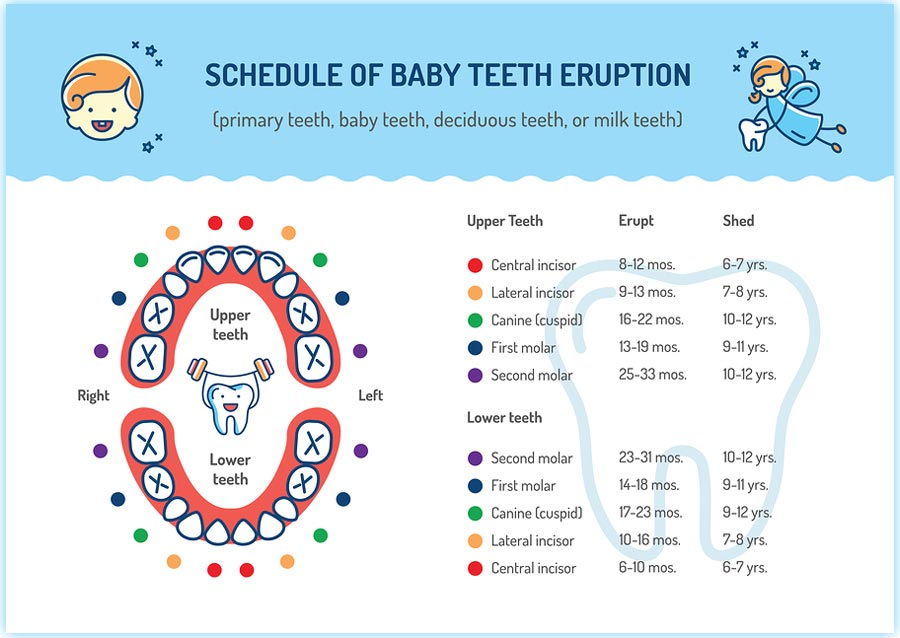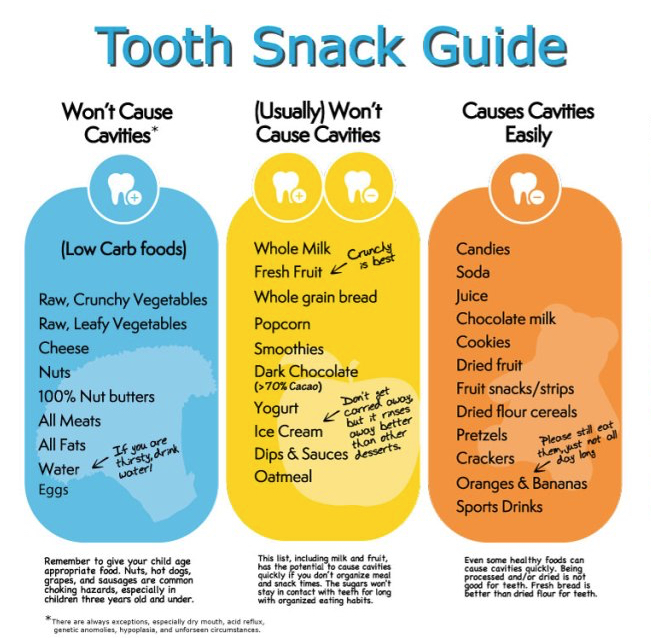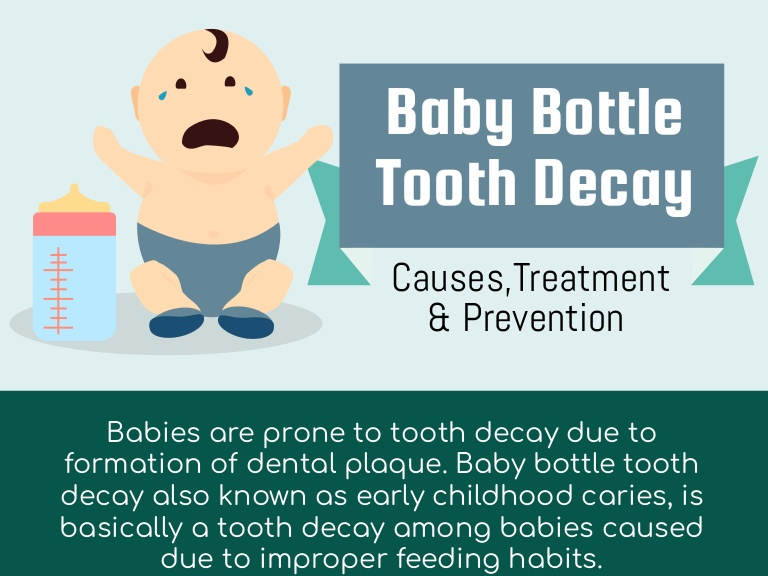Dental Topics
Your Child’s First Visit
The American Academy of Pediatric Dentistry recommends that children visit a dentist before they turn 1, or within 6 months of the appearance of their first baby tooth.
Bringing your child to the pediatric dentist at an early age allows him or her to meet the dentist and become comfortable in our warm and fun dental office setting. It also allows us, as the pediatric dentists, to have discussions with you, as the parent, to develop good oral hygiene and dietary habits which will set your child’s oral health for success. If your child ever needs treatment completed, we always avoid the words “needle”, “shot”, “pull”, and suggest you do too.
First visits usually consist of an examination of your child’s jaw, bite, gums and oral tissues, teeth, a cleaning, demonstration of proper brushing and flossing techniques, fluoride treatment, x-rays (if indicated), and answering any questions you may have about your child’s oral health. After reviewing our findings and recommendations with you, we will review your child’s individual comprehensive treatment plan.
About Teeth
Throughout your life, you will have two sets of teeth: primary (baby) teeth and secondary (permanent) teeth. Around the age of 6-8 months, the primary teeth appear and all 20 are usually in place by age 3.
The front baby teeth, or incisors, usually begin to loosen between ages 5 – 7. Permanent teeth will begin to grow around age 6, and except for wisdom teeth, are all present between ages 12 and 14. The next teeth to grow in are the 12-year molars and finally the wisdom teeth. Wisdom teeth typically begin breaking through from age 17 and on. The total number of permanent teeth is 32. However, few people have room for all 32 teeth. This is why wisdom teeth are usually removed.

Oral Hygiene
We recommend rushing two times per day with a fluoride toothpaste (smear amount if your child is not able to rinse and spit) and flossing as soon as the contacts between the teeth are tight. Be sure to use light pressure and go in circular motions when brushing. The angle of the toothbrush should allow you to get the plaque out from below the gums as well. Even at a young age, studies have shown that the bacteria that cause cavities can start making a home in the grooves of the tongue before kids even have teeth. We, therefore, recommend cleaning the gums and tongue of your child with a gentle washcloth.
Diet & Nutrition
It is important to establish good dietary habits early in the child’s life that promote not only a healthy lifestyle but also is conducive to optimal oral health. In addition to fermentable carbohydrates, processed sugars, research also suggests that the adhesiveness (stickiness) of foods are important factors in causing cavities. Foods that stick to the teeth and tissues for long periods and dissolve slowly are more likely to cause cavities.

Preventing Baby Bottle Tooth Decay
Cavities in infants can be minimized or prevented by not allowing infants to go to sleep with a bottle of milk. Infants should not be given a bottle containing milk or other sweetened beverages as a pacifier to be used during the day, at naptime, or at bedtime. If a bottle is necessary to aid your infant to sleep, the contents should be limited to water.

Why Baby Teeth Are Important
The primary, or “baby,” teeth play an important role in dental development. Without them, a child cannot chew food properly and has difficulty speaking clearly. Primary teeth are vital to the development of the jaws and for guiding the permanent teeth into place when they replace the primary teeth beginning around age 6.
Since primary teeth guide the permanent teeth into place, infants with missing primary teeth or infants who prematurely lose primary teeth may require a space maintainer, a device used to hold the natural space open. Without a space maintainer, the teeth can tilt toward the empty space and cause permanent teeth to come in crooked or to get impacted.
Why Do Baby Teeth Need To Be Fixed If They’re Going to Fall Out Eventually?
While it is true that baby teeth eventually fall out to be replaced by adult teeth, most children do not lose their last baby tooth until the ages of 11-12 years old. In the meantime, a small cavity that was once treatable with a simple filling or minimally invasive preventive treatments such as Silver Diamine Fluoride can progress to a large cavity that invades the pulp (nerve) of the teeth. An untreated cavity can cause pain, abscess, infection, infect adjacent teeth, cause damage to the developing permanent tooth underneath, and contribute to the development of malocclusion.
To Schedule an Appointment, Contact Us Below:
A member of our team will call you back as soon as possible.
Contact Us
18531 Roscoe Blvd.
Suite 207
Northridge, CA 91324
Phone: (818) 772-1800
Email: info@kidschoicedentalcare.com
Office Hours
Tuesday:
Wednesday:
Thursday:
Friday:
9am to 5pm
9am to 5pm
9am to 5pm
9am to 5pm
Copyright 2019 Kid's Choice Dental Care | All Rights Reserved | Privacy Policy | Website Accessibility



